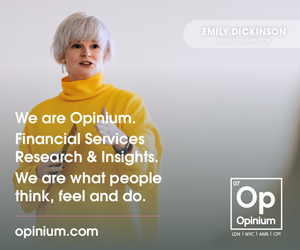As global markets evolve at pace, Euroclear, one of the world’s largest financial market infrastructures, is positioning itself at the forefront of digital transformation.
In this conversation, Jørgen Ouaknine, group head of innovation and digital assets, discusses how Euroclear is building future-focused infrastructure and redefining its role in the capital markets ecosystem.
Capital Pioneer: What’s Euroclear’s current strategy and relevance
in a tokenised world?
Jørgen Ouaknine: If you look at Europe and our creation almost 60 years ago, innovation has always been part of our DNA.
Euroclear was born out of innovation and we’ve continued to evolve through every wave of change whether it be technological, financial, and even through systemic crises.
Despite all that, we’ve remained true to our core, a stable, trusted Financial Market Infrastructure (FMI), a foundational layer that supports the market. And that
won’t change.
Whether it’s DLT, AI, or quantum computing, we are constantly innovating and adapting to the changing landscape and building with the intention to become a fully data- and digital-driven FMI.
We process monthly the equivalent of the world GDP. You can’t do that without being digital by nature. But being just digital isn’t enough anymore, we need to be intelligent with data, agile with infrastructure, and trusted by design.
CP: How does Euroclear fit into the digital asset ecosystem?
JO: When we first entered the DLT space, fintech and crypto-native firms were quick to dismiss us. But over time, the conversation evolved.
The buy side was enthusiastic but cautious and the sell side and issuer community gave us a clear mandate: they wanted real DLT, cash on-chain, with no compromise on liquidity.
We took a targeted approach, so we focused on primary market distribution. It’s not “build it and they will come.” It’s “build what the market needs, generates, and can be used”.
We did two things that were unique. First, we built a platform that was 100% compliant with the Central Securities Depository Regulation (CSDR) where we delivered an innovative platform within a robust regulatory framework.
Second, we brought real liquidity. Prior, most tokens were issued, bought by a few adoptive investors, and then sat idle for years. With our model, tokens were issued on DLT and moved then to our traditional system and could benefit from the services Euroclear offers, such as secondary markets, collateral management.
Since we introduced this hybrid model — DLT issuance with traditional liquidity — we have seen others inspired by this blueprint. This shows that when we move we make an impact. And our intention always is to create meaningful change that brings value to our ecosystem.
CP: How does a commercial model work when collaboration to build a new capital markets ecosystem is necessary?
JO: Euroclear, DTCC and Clearstream have been working together for the greater good of the market by together helping to pave the way for adoption and scaling of digital assets.
Collaboration is often more important than competition when we are working in such transformative times.
Siloed initiatives are over. As an FMI today, growth comes through building highways and providing access. An open connected and shared network is a good way forward.
CP: Does being first matter in digital assets?
JO: Being first is not necessarily always best. It’s important to be close to the market signals so when you need to execute you can adapt quickly. We weren’t first, but we brought something different.
Everyone who’s invested in digital assets is still committed. No one’s backing out. This is the next frontier of digital. It’s not an if it’s a when.
The question is: do you want to improve the present or build the future? We need to move from sequential value chains to circular ones, with golden sources of truth data.
Today, there are a lot of activities where we duplicate tasks, we replicate and reconcile the same data. That’s inefficient. We want to be a data and digital FMI — leveraging data in a different way, being smart with our AI strategy and implementation, reducing inefficiencies, and enabling reuse.
CP: Who’s moving and who’s waiting?
JO: It’s an ecosystem challenge where supply and demand will drive the adoption.
The supply and demand circle applies quite well in this case for market adoption.
There won’t be a big bang or overnight adoption so we will have to manage the transition and run parallel infrastructure during the transition. That means investment, and commitment.
CP: Do end users care who provides capital markets infrastructure?
JO: Web1 was read. Web2 was interact. Web3 is transfer of value — and initial blockchain was partly meant to disrupt trust and transfer value.
People still want intermediaries with us in the middle because we provide trust and neutrality.
We have the ability to bridge TradFi and DeFi. That’s part of our value proposition. We’re not just doing this for ourselves, we’re enabling others to innovate safely and gradually
There are three phases: readiness, adoption and scale.



